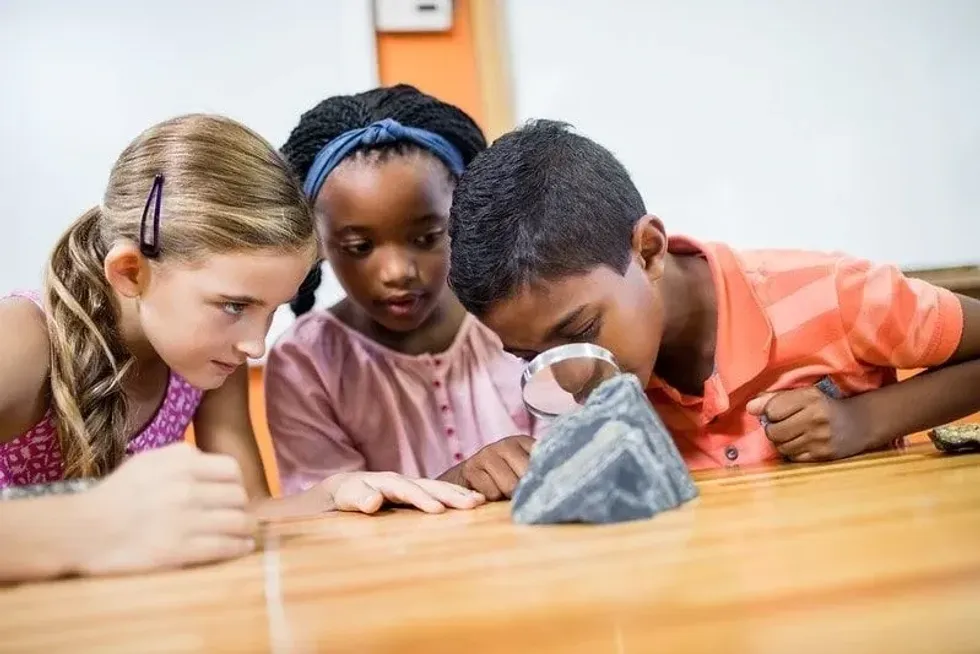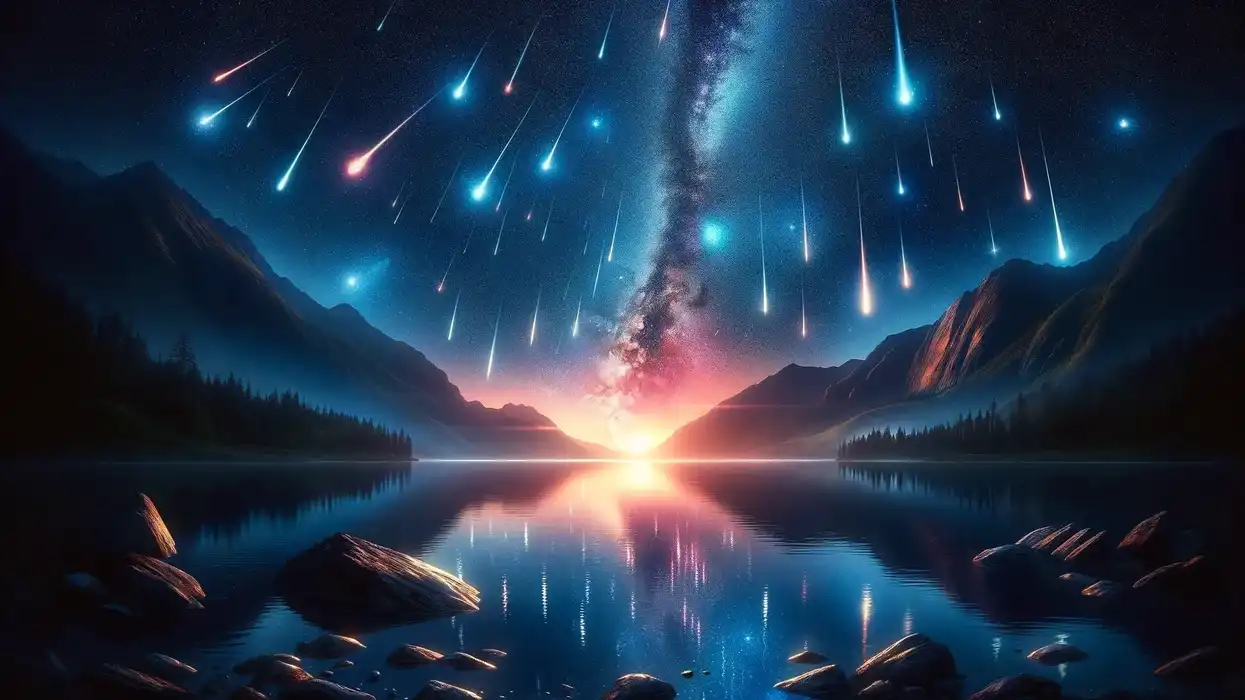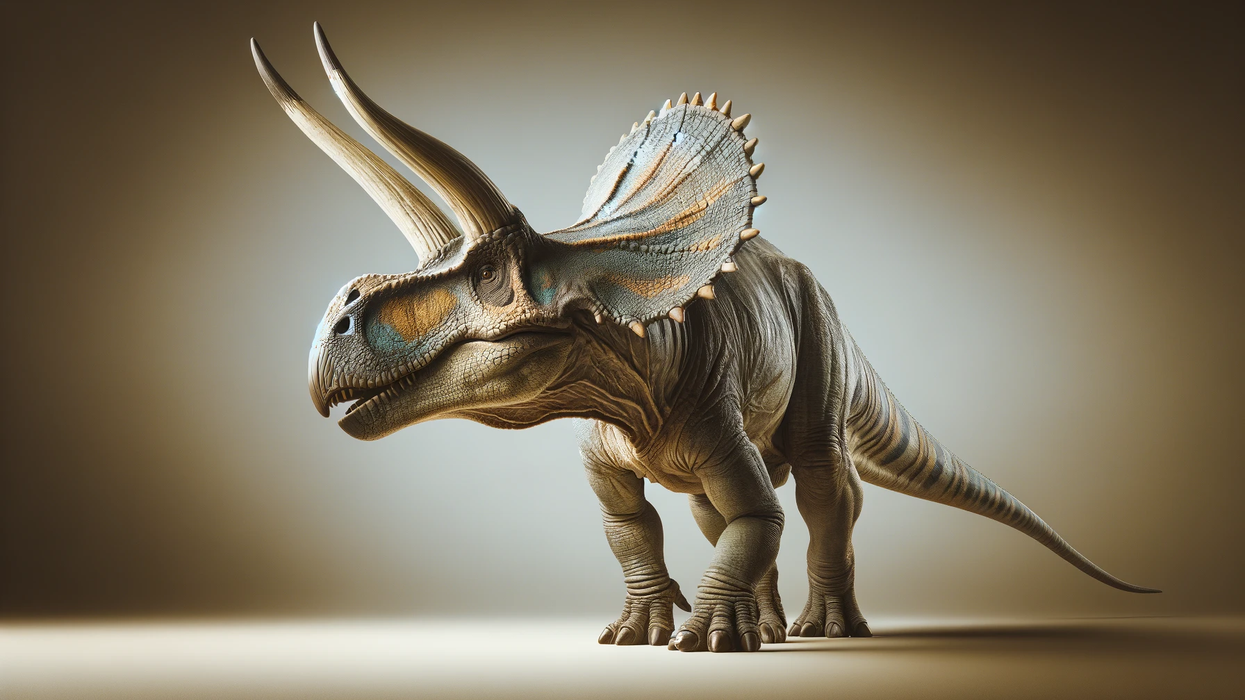Image © Pikwizard.
KS2 kids will learn about fossils in Year 3 and Year 6 science, and are sure to love discovering all about them. Encourage your child's learning with this ultimate guide to fossils for KS2, to discover the process of fossil formation and some fun fossil facts and activities.
Take a look at this fabulous guide to teach your kids about the fascinating world of fossils.
What Is A Fossil?
Fossils are the remains of living things, which have been preserved, and many are millions of years old. They are very important because they show the process of evolution, which is how living things have changed over time. Fossils also tell us about plants and animals that may no longer exist.
How Are Fossils Formed?

Image © Unsplash
1.A living thing, such as a plant or animal dies.
2.The soft parts of the organism decompose, which means they break down till they disappear. They might be eaten by scavengers. Soft animal parts include the skin.
3.Often, only hard parts of the organism, such as teeth and bones in an animal will be left. These remaining parts of the animal's body are buried by something called sediment, which is often a liquid mixture like sand or mud.
4.Layers of sediment continue to build up on top of the remains. This puts a lot of pressure on the first layers of sediment and turns them into a hard rock. This is called sedimentary rock.
5.Water will seep through the sedimentary rock, and slowly begins dissolve the hard parts of the organism. If the hard parts completely dissolve, a space is left. This is called an external mould.
6.The water contains lots of minerals. These sometimes enter the mould and form crystals, which makes the remains that are left harden into a fossil. Sometimes, the minerals completely replace the hard parts of the organism and leave a stone cast of what the hard parts looked like.
7.Millions of years later, the sedimentary rock rises to the earth's surface, and is worn away by erosion, which is where wind and water break down the rock. This leaves the fossil waiting to be discovered.
Different Types of Fossils

Image © Unsplash
There are 5 different types of fossils:
1.Preserved or Body Fossils - a rare type of fossil, where a whole plant or animal has been preserved, including its soft tissue. Soft tissue preservation in insects has often been found in amber.
2.Permineralised Fossils - this is when water full of minerals has seeped into the sediment and a fossil is formed from the minerals crystallising in empty spaces. This very common and is how dinosaur fossils are formed.
3.Casts and Moulds - this is when the hard animal remains completely dissolve and leave a mould. Sometimes the mould is filled with more sediment, forming a cast. The fossils of sea creatures with hard shells are often preserved in this way.
4.Replacement - this is when a brand new mineral enters a mould and leaves a cast.
5.Compression - this happens when plant or animal remains are put under lots of pressure, which causes a dark imprint. Plants are often preserved in this way.
Fun Facts About Fossils For Kids
1.Fossils of animal tracks have been found. These have helped scientists determine the size of the animals that lived many years ago.
2.The biggest fossil that has ever been found was discovered in Thailand. It was a tree, and was over 237 feet tall!
3.Fossils are very rare because usually animals and plants completely decay.
4.The most common place for a fossil to form is in the sea, where there is lots of sand which can bury remains.
5.The oldest fossils ever discovered are 3.5 billion years old. They are of cyanobacteria, which is a type of green plant called algae. Cyanobacteria fossils were found in Australia.
6.Fossils are the reason we know that dinosaurs existed. The megalosaurus was the first dinosaur to have its fossils named in 1824. The megalosaurus lived about 150 million years ago and fossils of its bones and teeth have been discovered.
7.Fossils are found all over the earth and have been discovered on each of the 7 continents.
Fantastic Fossil Activities

Image © Unsplash
Why not go fossil hunting yourself? This is a great idea for families who live near the coast, and an especially good place to hunt for fossils is the Isle of Wight, which is known as the "dinosaur coast".
You could also make a fossil out of clay - simply imprint the shape of a shell or leaf into some clay!











